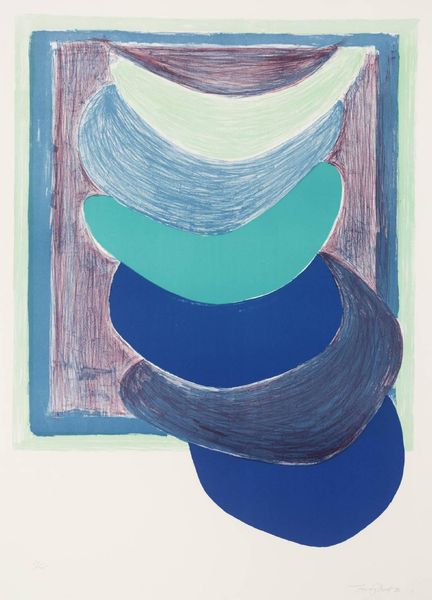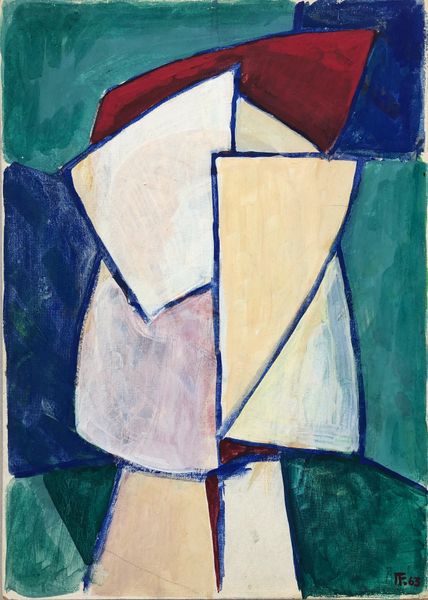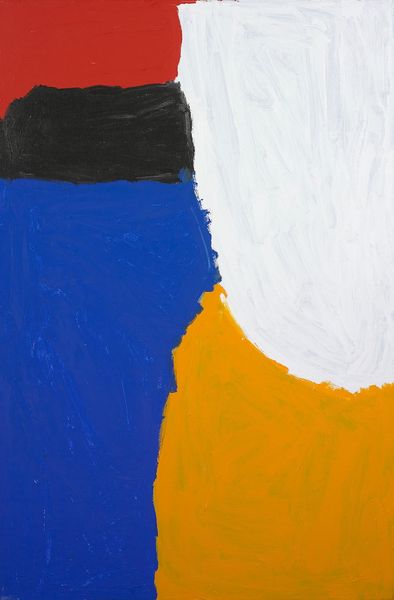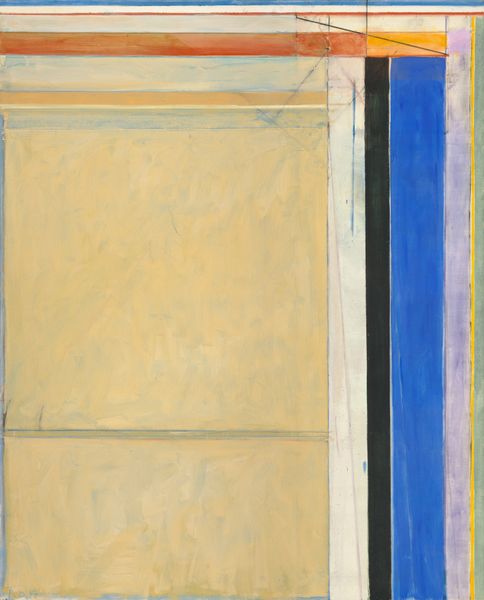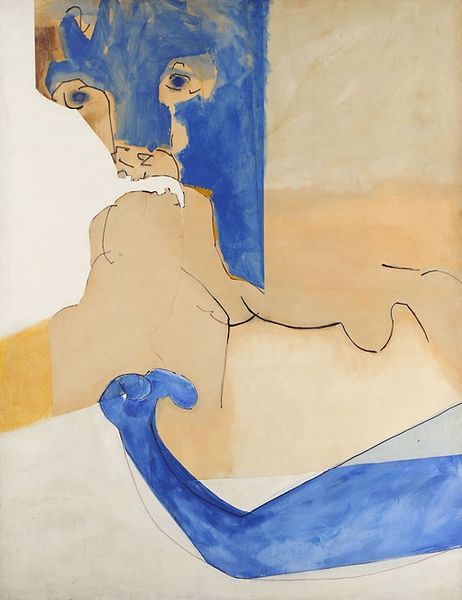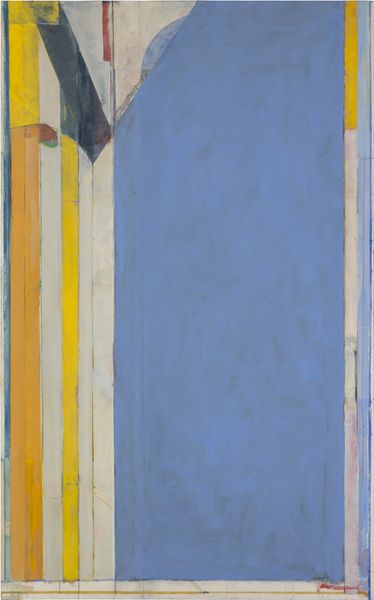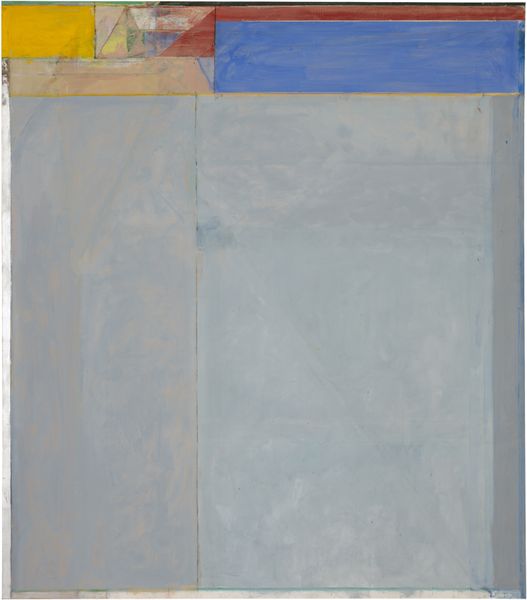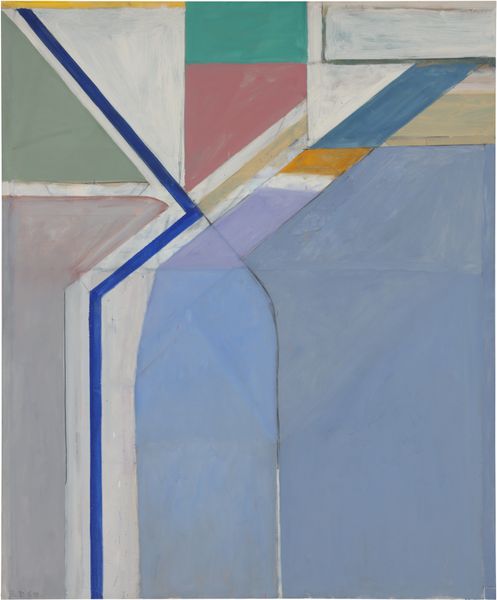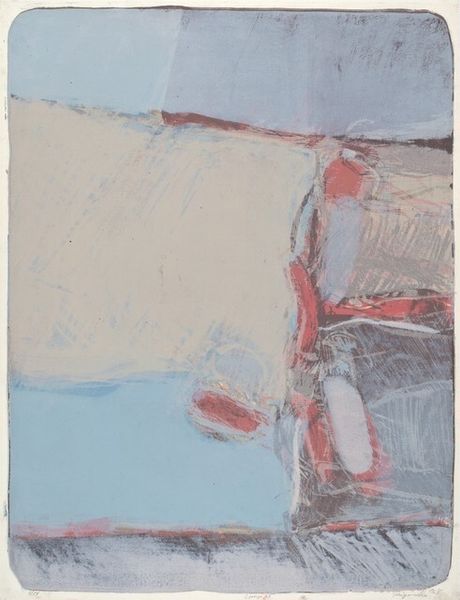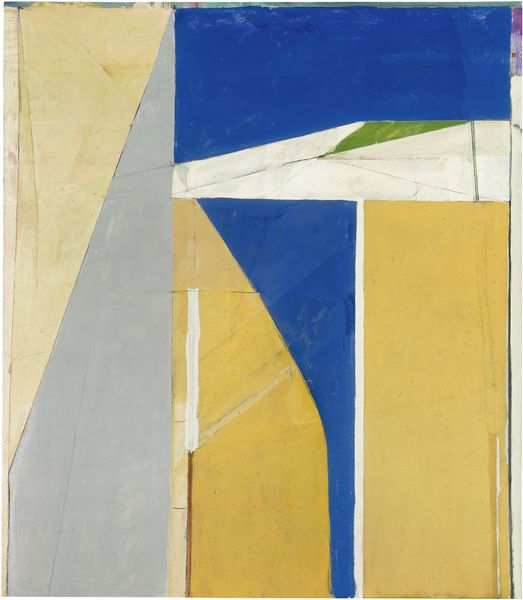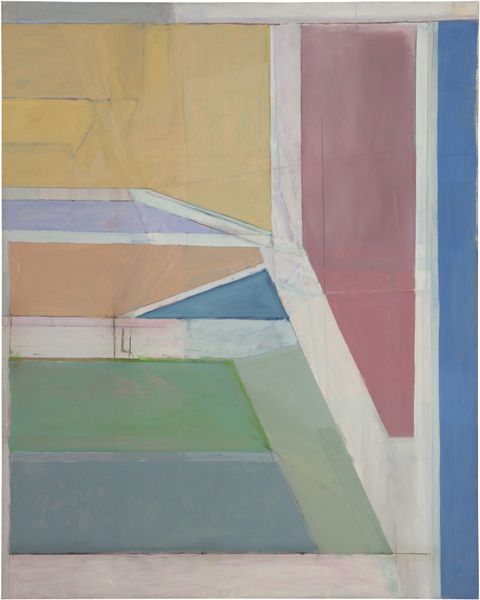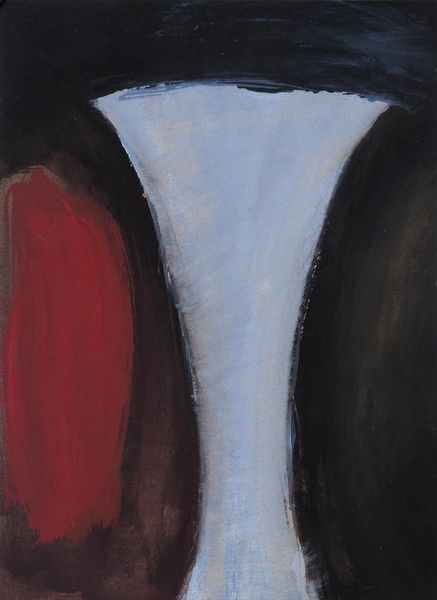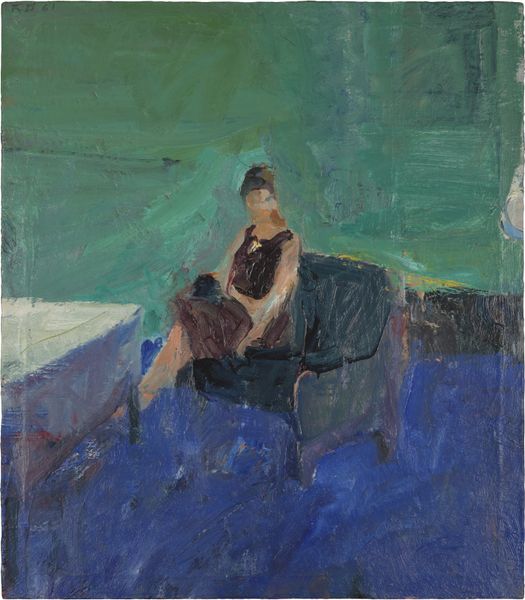
tempera, painting
#
portrait
#
tempera
#
painting
#
painted
#
figuration
#
bauhaus
#
modernism
Dimensions: 45.0 x 26.0 cm
Copyright: Public Domain
Editor: This is Oskar Schlemmer’s "Half-Length Figure Turned to the Left," a tempera painting from 1924. The figure is quite stylized, almost like a mannequin, and the color palette feels very muted. What symbols or hidden meanings might be embedded in Schlemmer's approach to portraying the human form? Curator: It’s interesting that you describe it as mannequin-like. I see that too. For Schlemmer, and the Bauhaus movement generally, the figure became a sign, a symbol. The pared-down forms speak volumes. Do you see how the limited color palette—mostly blues and browns—creates a sense of emotional distance, almost austerity? Editor: Yes, it's not a warm or inviting portrait. More analytical, perhaps? Is he trying to strip away the individual to find something more universal? Curator: Precisely! Schlemmer was fascinated by the idea of the "everyman," the modern human abstracted into geometric form. This reflects a broader trend of the era. What do the horizontal bands in the background evoke for you? Editor: They seem almost architectural, or perhaps like levels in a stage design. Curator: Indeed. These "levels" also mirror the figure's construction—simplified blocks of color creating a layered identity. Consider, also, the direction the figure faces, turned away, almost lost in thought. It reflects the introspective, searching spirit of the interwar period. Editor: So, it's less about a specific person and more about representing a mindset, a feeling of the time through symbolic form. The image sticks in your head, almost like a logo. Curator: That's a great observation! Visual forms become condensed and distilled through repetition. Schlemmer offers a key visual to understand his time.
Comments
stadelmuseum about 2 years ago
⋮
For Schlemmer, man was the "measure of all things" and consequently also the most important motif in his art. Created during his period as a teacher at the Bauhaus in Weimar, this small-format but monumental-looking painting reflects the idea represented there of the new, modern man. The rigorous, ageless profile silhouette shows the fusing of nose and brow typical of Schlemmer's works. In spite of the intended over-individuality, some believe this to be a stylised portrait of Schlemmer's Bauhaus colleague the architect Adolf Meyer.
Join the conversation
Join millions of artists and users on Artera today and experience the ultimate creative platform.

